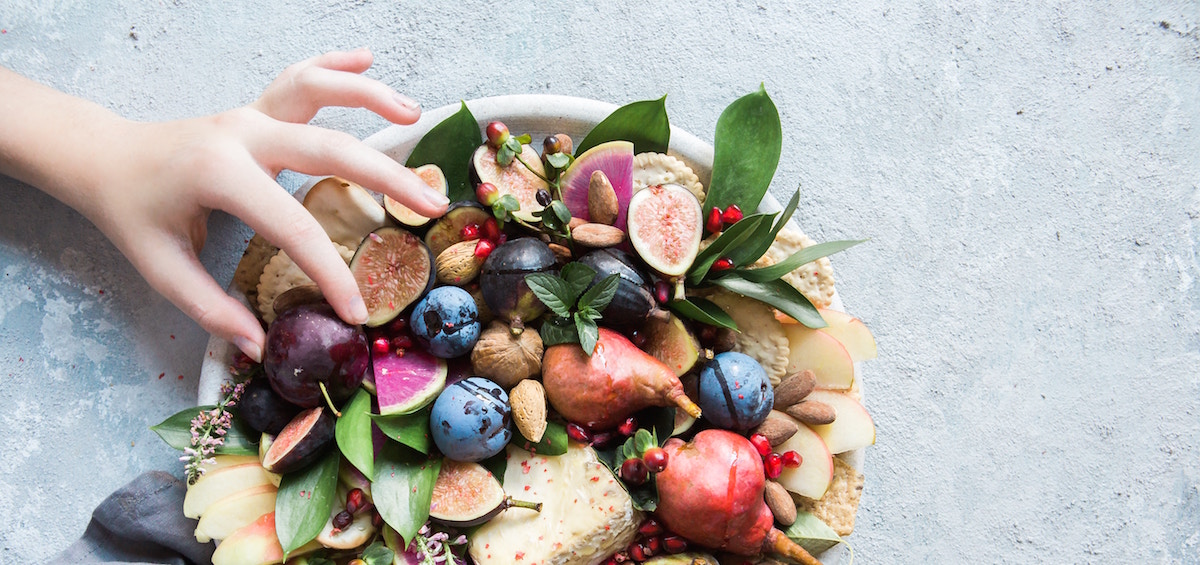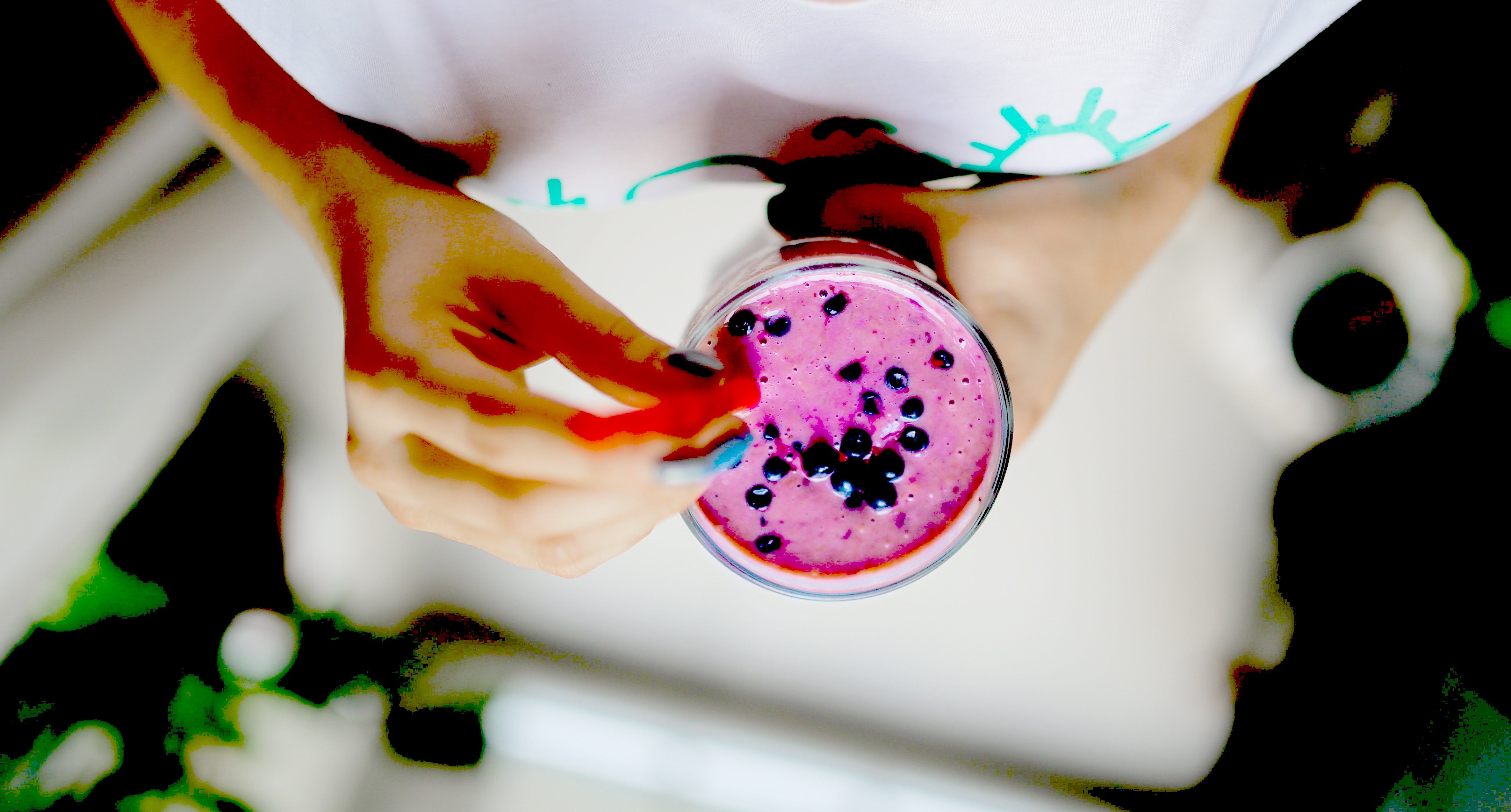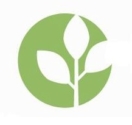Doreen Virtue’s book Don’t Let Anything Dull Your Sparkle is not quite what I expected. Probably like many people, I still know Doreen Virtue for her angel cards and spiritual books. She was also a psychologist for many years. The book Don’t Let Anything Dull Your Sparkle is and is not about spirituality.
This book doesn’t discuss spirtiuality, but it was born of a spiritual experience in with I received a surprising inner message.
Doreen Virtue
After years on the road Doreen Virtue became stressed out and bottomed out (her words). She received this message – “The reason why you and so many people are experiencing life drama is because you’re addicted to histamine.”
Histamine?
I didn’t quite expect that to be her message though it is not surprising. Histamine is a hot topic, though for many people, especially seasonal allergy sufferers, they know histamine in the context of anti-histamine, an unwanted familiarity. People on the Gut And Psychology Syndrome™ (GAPS) diet is also familiar with histamine because this diet is centered around healing foods high in histamine and therefore must follow an altered protocol.1
What is Histamine?
Histamine is a neurotransmitter and as a receptor that is located all over the body, it has numerous functions including the stimulation of hydrochloric acid production in the stomach and the dilation of blood vessels in immune and allergy responses to allow white blood cells to quickly find the issue and do their job.2
Doreen Virtue also explains it as a “neurotransmitter produced by your body’s mast cells in response to allergens, cold weather, stress, drama, and trauma.”3
Histamine is found in some foods while some foods are histamine releasers and others block the production or effectiveness of the enzyme diamine oxidase, which metabolizes histamine into imidazole acetaldehyde in the digestive system. These foods are called “DAO blockers”. The enzyme hitamine N-methyltransferase (HMT) breaks down histamine in the central nervous system.
How well we deal with histamine levels depends a variety of factors – diet, gut health, DAO gene mutation, environmental pollutants, stress management, etc. Many people, including Doreen Virtue, use the analogy of the bucket – how full is it with histamine-high foods, histamine-releasers, your stress level, etc?
Histamine Intolerance
Medications such as antidepressants, antihistamines, and histamine blockers can cause low DAO levels. Other factors include Small Intestinal Bacterial Overgrowth (SIBO), gluten intolerance, and deficiency in copper and Vitamin B. For more information about histamine intolerance, see this interesting study from the American Journal of Nutrition by Laura Maintz and Natalija Novak called Histamine and Histamine Intolerance.
Common symptoms of histamine intolerance are similar to allergic reactions like runny nose and itchy skin, and also include hot flashes, excessive perspiration, heachaes, bloating, irregular heart rate, feeling cold all the time..
Did you know seasickness is a histamine reaction?
Unlike an allergy, histamine intolerance does not show up on conventional allergy tests. You can use NAETS to test for it.

Histamine in Food
I was surprised how many foods are high in histamine or trigger histamine production. Doreen Virtue includes some of these in the last chapter in Part 1. It isn’t only that some foods are naturally high in histamine; the longer food is left before being eating, the more histamine there is. This is why people with histamine intolerance on the GAPS Diet consume short-cooked meat stock (rather than long-cooked bone broth), for example. This is another reason not to have that leftover, which has no vital energy anyway.
From the Yoga Journal :
The body’s inability to metabolize foods that are not fresh results in the formation of ama, or toxic undigested material,” adds Shubhra Krishan, author of Essential Ayurveda: What It Is and What It Can Do for You. This substance clogs up the vital channels of the body, disrupting digestion and ultimately giving rise to everything from fatigue to disease.4
What are some of the surprises? Spinach, nuts (except macadamias), avocados, bananas, cinnamon, cranberries, fermented foods, pineapple…so even “healthy” food is not necessarily healthy for everyone.
“We binge-eat the foods that we’re allergic to.” – Doreen Virtue
Why are we addicted to and crave the foods that we are actually intolerant of?
Opioids are released by the brain when high-fat and high-sugar foods are consumed. Opioids are the chemicals that make heroine addictive. This high does not last and when it’s over, we seek more of it.
The most “addictive foods” are sugar, fat, flour, wheat, artificial sweeteners, and caffeine. These foods are also high in histamine. When we look around at what’s on offer on the go for our fast-paced lifestyle, it is a perfect storm of ALL of these ingredients!
Why are we addicted to these foods? Doreen Virtue says “it’s a hunger for happiness and a desire to sparkle”.
It is a cycle. A stressful lifestyle -> binge on high-histamine food for energy and to soothe -> more stress in body -> more comfort food ->

Dealing With Histamine Intolerance
Reduce Your Stress Level
Doreen Virtue’s Drama Quotient Quiz measures whether a person is stressed, somewhat stressed or “You Sparkle!” and the level of a person’s “willingness to allow stress to rule your life.” Take this or other tests to see how stressed you are and consider what stress-reduction, stress-management strategies you have in place. Many people feel more relaxed far from home – is it time for a road trip or to cross a destination off your Bucket List?
Try these 4 tips to reduce your stress levels:
① Epsom Salt Bath or Magnesium Foot Soak
Salt baths are relaxing and detoxifying. You can use magnesium salt, since magnesium deficiency can trigger histamine inflammation. This is a good idea for those who may be sensitive to magnesium supplementation. Transdermal magnesium is another great way to help with your adrenals. You can also add a handful of herbs and flowers such as chamomile, lavender, or mint leaves.
② OSHO Active Meditation
We’ve all heard the countless benefits of meditation. My favourite is mantra meditation and I also enjoy walking meditation. For many people, sitting still and watching their thoughts come and go is so very stressful; if this is you, try OSHO Active Meditation.
⇒ What is OSHO Active Mediation?
③ Focused Breathing
If you don’t have a meditation practice or just are not into that, you can benefit from just a few minutes of deep breathing. Work towards breathing in for five counts, pausing for five, and breathing out for five. Some people prefer to have the exhale longer. Try bringing in a feeling like appreciation or ease. Benefits from focused deep breathing thankfully carry over to the rest of your day.
⇒ Want to try HeartMath? Email What Therapy for more information.
④ Legs Up the Wall
Wow, this is such a wonderfully relaxing pose. Plus it boosts your detox.
⇒ More on Legs up the wall

Look at Your Beliefs and Perspectives in life
How we see life can be a source of stress and stress can lead to changes in our perspectives.
Our brain under chronic stress gets rewired to focus on surviving and instead of responding and planning, people under stress reacts. They see time as more fleeting and find effective time management challenging.
Pay attention to how you respond and what triggers you. As Eckhart Tolle says, we all have our own bundle of circumstances. Do your responses create additional stress and suffering? Do a spot check throughout the day to see where you are vibrationally. What are you feeling?
Other ways we can be causing ourselves stress include seeking approval, looking to impress, worrying about the past or future, and being a martyr. Author of Complex PTSD Pete Walker talks about the trauma response of fawn in addition to the more commonly-known ones of fight, flight, and freeze. This is pleasing and appeasing someone as a strategy to stay safe.
Suggestions – Theta Healing, The Work by Byron Katie, EFT, Jin Shin Jyutsu.
Dietary Approach
Review your diet to see how many high-histamine foods you regularly consume. Not sure? Try a food diary – keep track of everything you eat and drink and include any symptoms such as bloating, constipation, diarrhea, sniffly or runny nose, dizziness, etc.
An elimination diet is a great approach to determine which foods you are sensitive to. For 4 – 6 weeks, eliminate then slowly re-introduce all suspect foods (including the usually – dairy, gluten, sugar) one at a time. It does require commitment which you will find is well worth it. You can also get tested for our sensitivity using bioresonance.
For a dietary approach, Yasmina Ykelenstam of Healing Histamine aka Low-Histamine Chef has fantastic resources.
Whether we have histamine intolerance, the following tips help create better digestion and relationship with food :
- eat only when hungry
- stop eating when full
- take time to chew the food
- food combining such as eating fruit alone
- do not multitask when eating (eat in front of a TV, while at work in front of the computer, etc)
- do not eat when upset, or when on the go
- enjoy and savour what you are eating; never focus on the calories or feel guilty when you are eating
Doreen Virtue also suggests substitutions for the common high-histamine foods such as maple syrup over refined sugar, olive oil with sea salt instead of vinegar-based salad dressing, macadamia-nut butter instead of cheese, smoothies instead of alcohol, and chamomile tea instead of coffee. Be sure to stay hydrated with water as histamine is released when when dehydrated.

Nutritional Support
Serum histamine levels may be increased due to insufficient Vitamin C which plays a vital role in the production of the DAO enzyme. If you are histamine-intolerant or under stress, consider increasing Vitamin C intake through supplementation or foods such as broccoli and mango (both low in histamine). Other foods that are high in Vitamin C include Holy Basil, blueberries, bok choy, brussels sprouts, parsley, sweet potato, and watercress.
Yasmin of Healing Histamine is devoted to researching histamine due to her own personal experiences and she suggests looking for Vitamin C that is natural and not corn-based (as corn is often an allergen). She likes the more absorbable form of lyposomal Vitamin C, taken in smaller doses throughout the day. Some natural sources of Vitamin C to add to your die – camu camu, amla berries (or Indian Gooseberry), and kakadu plum or gubinge, grown in Australia.
(Indian Gooseberry is part of Triphala, which is an antihistaminic Ayurvedic preparation.)
Lifestyle Changes
Doreen Virtue writes that we can get addicted to drama, with some people theorizing it stems from childhood neglect.
“High-stress situations at home, school, and work create addictive hormone and brain-chemistry patterns…and suffer withdrawal symptoms when life is calm and without danger. Boredom sets in, and they unconsciously shake things up with drama to elicit the adrenaline hight.”
We can come to equate drama with excitement.
Consider these changes:
- Watch movies about optimistic inspirational people instead of soap opera dramas, violent, generally bitchy, and stressful entertainment programming.
- Reduce or eliminate social media interactions that increase your stress level (such as engaging with trolls).
- Find what excites you and elevates you rather than use stimulants like coffee.
- Spend less time with people who are ungrateful, dramatic, and chronically negative (look at the six people you spend most of your time with).
- Take time to do absolutely nothing. Leave your phone at home, sit by the beach. Take a walk in the park. Go for a forest bath.
- Try quiet time. Shut off the TV, the Spotify, and sit in silence and stillness.
- Minimize multitasking.
Reducing Toxic Load in Your Environment
- Use natural household cleaners or make your own with vinegar, baking soda, and essential oils.
- Use eco-friendly soap and laundry detergent. Dr Bronner’s is a good choice.
- Opt for bamboo flooring instead of carpeting.
- Use paints with low- or no-volatile organic compounds; even better, try organic, plant-based paints.
- Go for glass and stainless steel containers over plastic ones (also better for the environment).
Here are some of Doreen Virtue’s suggestions to reduce fearful ruminating:
- yoga
- breathwork
- meditation
- Eye Movement Desensitization and Reprocessing (EMDR)
- Cognitive psychotherapy
Doreen Virtue’s Drama Detox
In Part 2 of her book, Doreen Virtue outlines the five steps of her Drama Detox. Schedule it in your calendar and decide the drama patterns you want to abstain from. Be sure to have alternate plans for when you do crave attention, excitement, or drama. Some healthier options include – journalling, calling a counsellor or sponsor, going for a walk, hugging your dog, taking a nice relaxing bath, taking note of the triggers and seek internal correspondences for the overall pattern, and getting a massage. Acknowledge your progress. Try these self-care tips.
Doreen Virtue herself abstained from high-histamine foods for 30 days. She noticed that she was more irritable when she ate her high-histamine foods which included many of her favourites. She also lost 10 pounds in two weeks.
We all have personal trauma and we are living out collective trauma. This is the perfect time to release them, open up to a new way of living, including how we see suffering.
We do not need to have been in a war to experience post traumatic syndrome disorders. Studies show that we inherit memories from our ancestors. We can be re-traumatized when people re-tell their stories.
Trauma is a spectrum and some of us, for a variety of reasons, have less resilient systems. Doreen Virtue prefers Post-Traumatic Stress Reaction (PTSR) – we are not broken and it is not a disorder. These are very understandable responses to difficult situations and now with more information and tools, we can even detox these unhealthy patterns, build resilience, and a greater capacity for joy and ease.
1 How to Do GAPS Diet with Histamine Intolerance by Melanie Christner on Honest Body
2 Amino Acid Testing for Depression, Anxiety and Other Mental Symptoms by Saul Marcus, ND – Naturopathic Doctor
3 Virtue, Doreen. Don’t Let Anything Dull Your Sparkle. p43.
4 https://www.yogajournal.com/food-diet/lifeless-leftovers Yoga Journal

